How successful dealers handle a changing auto dealer market – Part 2
We started this conversation a few months ago as the Federal Reserve started raising the benchmark federal funds rate. The effect has been in line with what most experts in the auto world have expected, slowing consumer demand for cars.
However, having just exchanged thoughts and insights between industry experts at the 2022 Used Car Week out in San Diego, we’re learning that macro trends affecting the used car market are more nuanced than “higher rates, less demand.” With supply chain issues still occurring with new cars across the US, used car demand won’t precipitously drop overnight.
As we turn the corner for 2023, it’s clear that we’re entering a more cautious time in the market. At Lever Auto, we work with hundreds of dealers a day to optimize their operations, whether via financing or technology, and we wanted to continue the conversation we started with our previous article. How dealers can best position themselves during a time of slowing consumer demand in the used car industry.
In the previous article, link, we discussed quick actions that can be taken to optimize operations, such as technology integrations and migration of files to the cloud. Now, we’d like to focus on sourcing used vehicles. This is the one thing we’re seeing across all dealerships. Trade-ins and lease returns are slowing and dealers now must go back to their pre-2020 strategy of multi-channel sourcing.
But, as we’re learning through data by OEM orders from car manufacturers, the market is set to normalize. Demand won’t drop off the cliff for used or new cars. Instead of waiting in the wings for the “inevitable drop”, the data suggests consumers will buy cars in the next 24 months.
Dealers now must proactively search for deals and bring these cars in via auctions or other wholesale channels – i.e. returning to the fundamentals of selling cars. However, wholesale pricing has yet to reflect the shifting market. Prices are still very high for used cars at auctions and dealers are, smartly, sitting tight until pricing normalizes.
Discipline is the name of the game for sourcing right now. Market conditions won’t allow auto dealers to overpay for cars that require reconditioning. While it’s common sense to go back to basics and being conservative with buying while wholesale prices remain high, there are strategies that better position dealers.
Dealers should into an aggregate data provider. CarGurus, Edmunds, Autotrader, and True Car offer inventory analysis for dealers. These datasets will allow independent auto dealers to have a data-driven sourcing strategy where they can look at the best-selling types/models of cars in their geographic area. Sometimes these datasets can also help with pricing each vehicle, which is especially important in today’s market as pricing is changing week by week.
It’s also clear that most dealers have been successful with sourcing based on their own know-how and market experience. We call these the “gut” purchases.
While we always advocate more data-driven decisions, if you’re a dealer that buying based on previous sales experience creating a database in Google Sheets or through your inventory/floor plan management system is a smart idea. This can be as simple as plugging in the last 12 months of sales data and adding a handful of columns that categorize type, make, model, mileage, and price for each vehicle sold. You could do the same for any inventory that has been on the lot for over 30 days as well.
Without exception, each time Lever Auto aggregates data for dealers there are a few surprising insights that pop up. Whether it’s the location of car buyers or mileage, that’s moving quicker, these are critical data points at are easy to collect. If nothing else, it builds the profile of the ideal car to buy at auction for each type of vehicle.
The other strategy dealers should consider is bypassing wholesale channels and buying via trade-ins or directly from consumers. In this acquisition strategy, dealers can avoid fees and costs associated with buying at auctions. Margins can increase by 10-20% per car sold with inventory acquired from these sources.
While trade-ins are tied to referrals and previous car sales, there are strategies dealerships can employ to increase buying directly from consumers. In the next iteration of this article, we’ll cover strategies that dealers and their sales teams can leverage to streamline direct car acquisitions.

